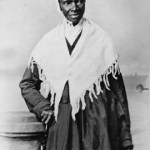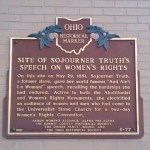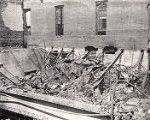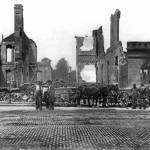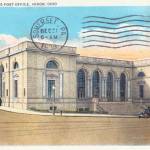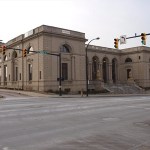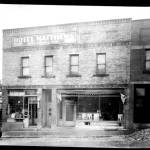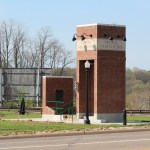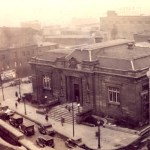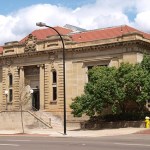- Photo of Sojourner Truth
- Sojourner Truth Ohio Historical Marker, 2013
By Tara Racher
In May 1851, as part of the Ohio Women’s Rights Convention, Sojourner Truth gave an unplanned speech at the Universalist Stone Church located at 37 N. High Street. Being an extemporaneous speech, she did not have a written version of it, but on June 21, 1851, the first published version of the speech appeared in The Anti-Slavery Bugle. Twelve years later, the organizer of the convention, Frances Dana Barker Gage, published a version of the speech in The New York Independent. This version, written with a southern dialect, became known as the “Ain’t I a Woman?” speech. Sojourner Truth was born and raised in New York speaking Dutch for the first nine years of her life and, according to accounts, did not speak in southern dialect. The earlier version did not contain the phrase “Ain’t I a Woman?” anywhere in the speech and had other details that were markedly different from the later version. Both versions are available at www.sojournertruth.org.

